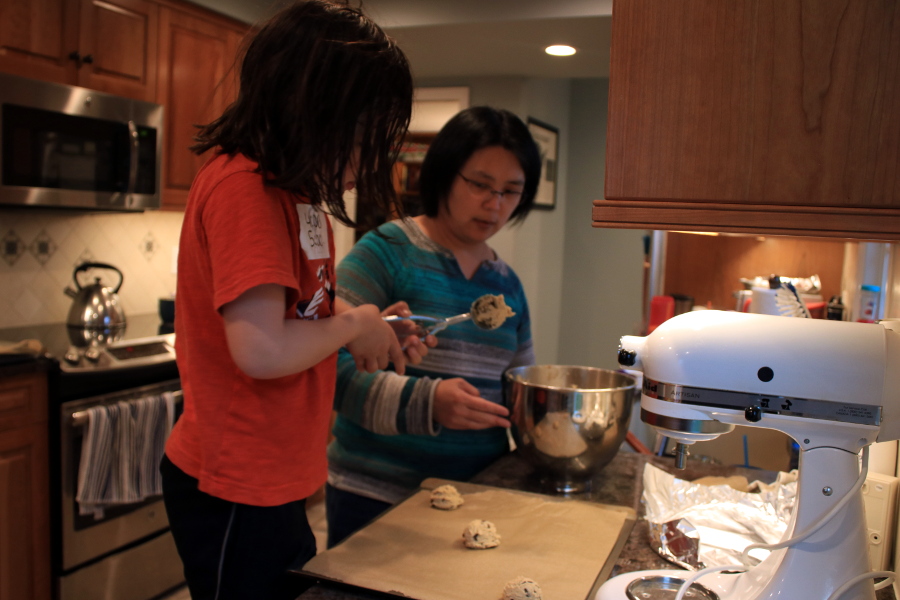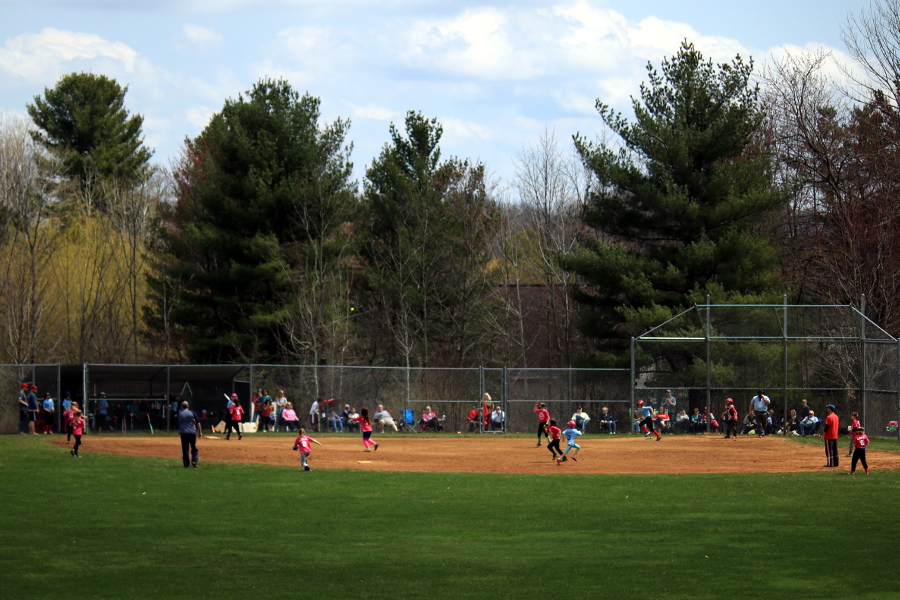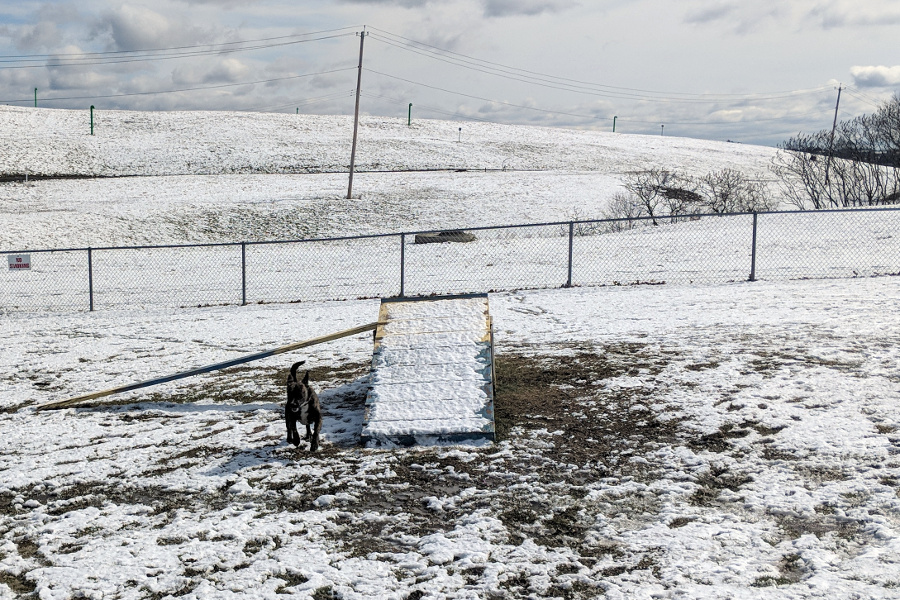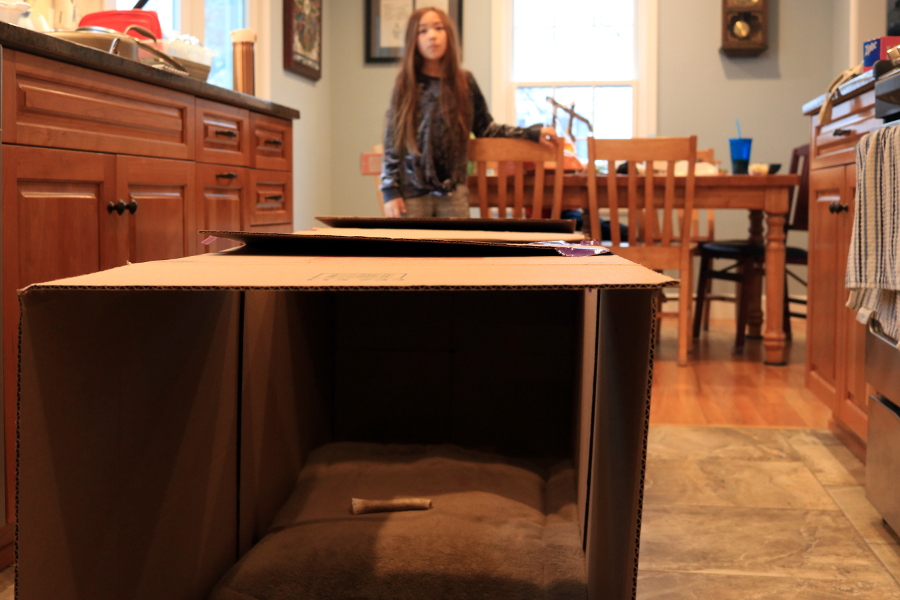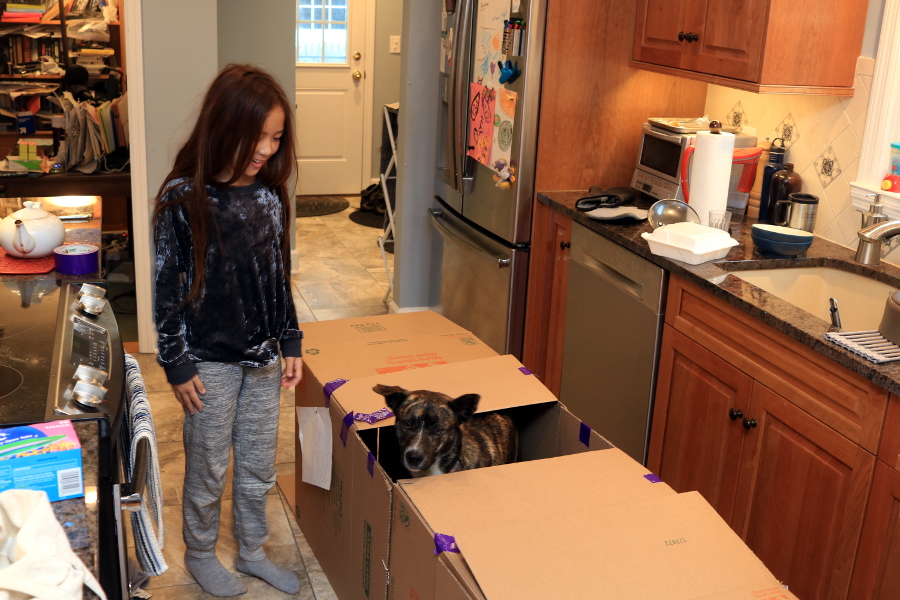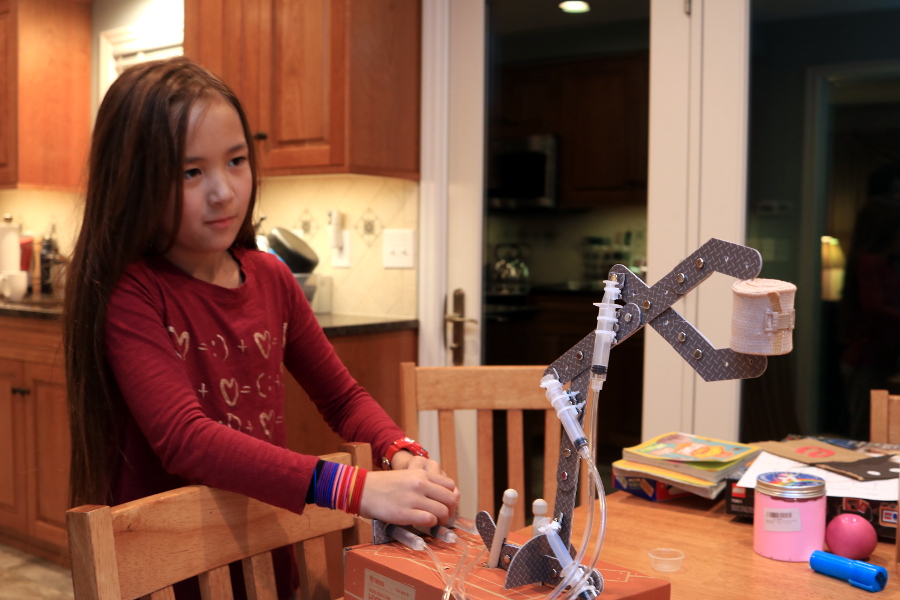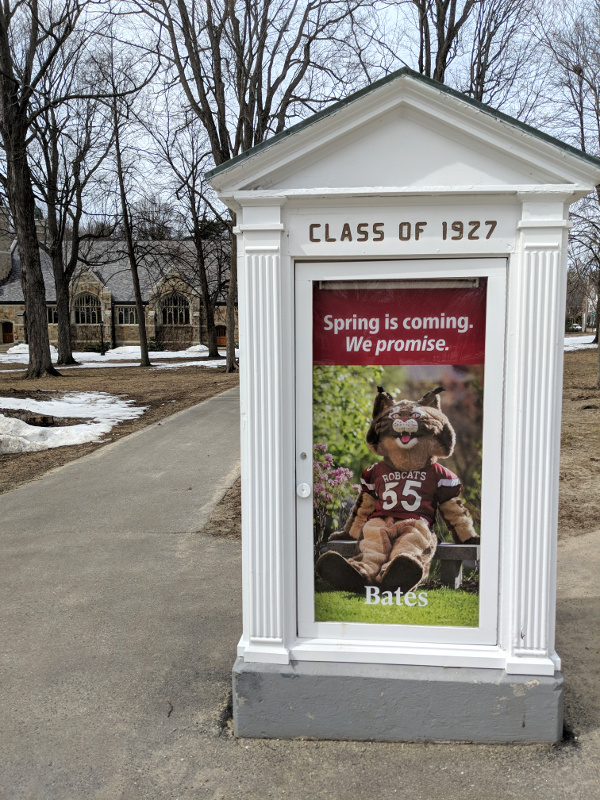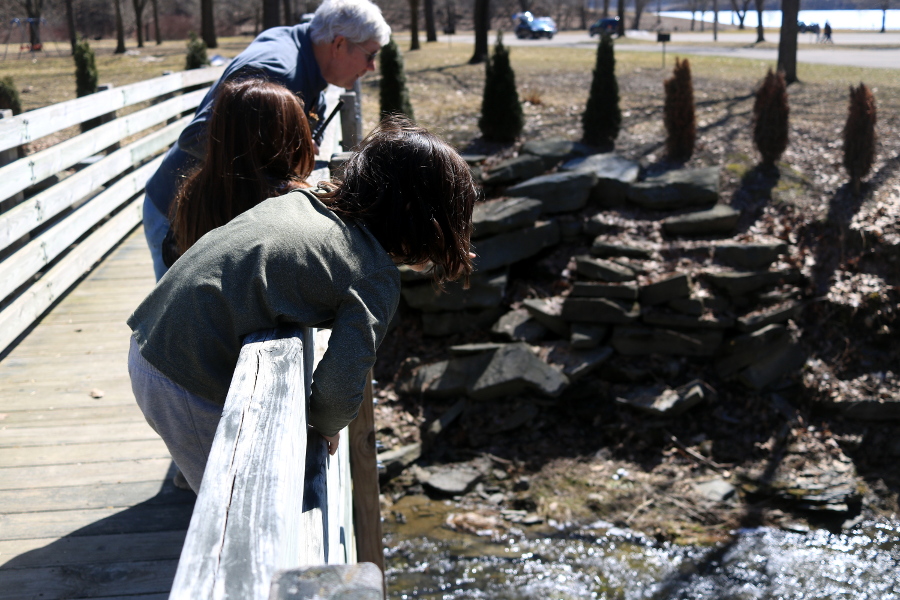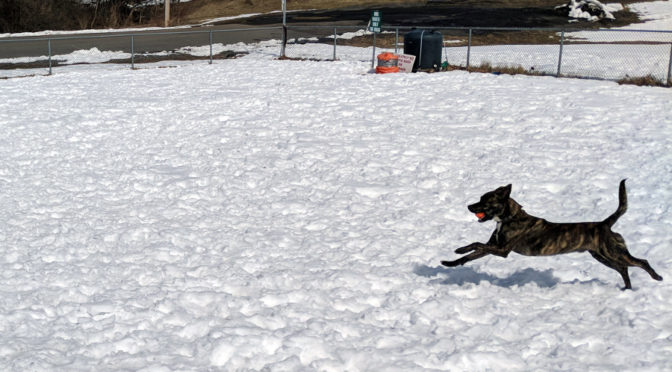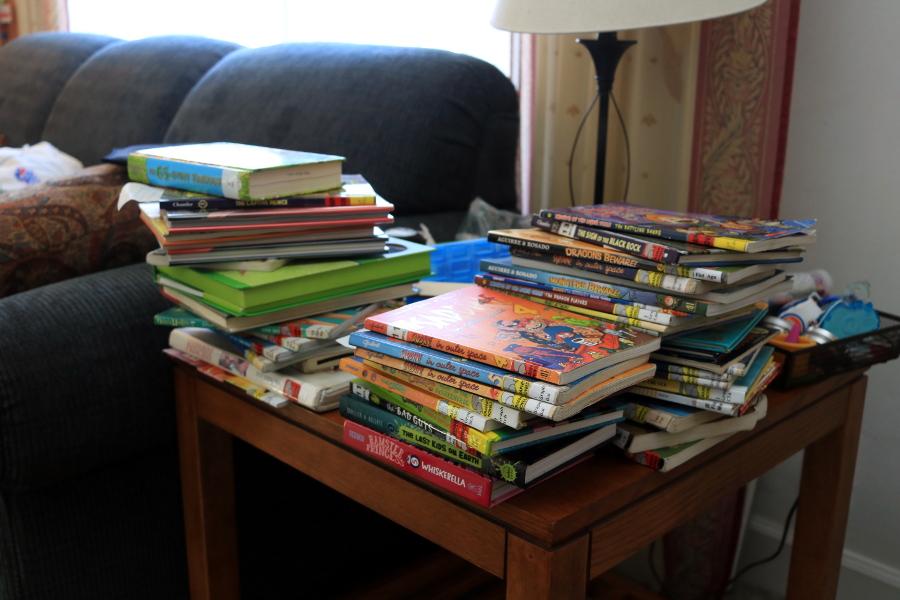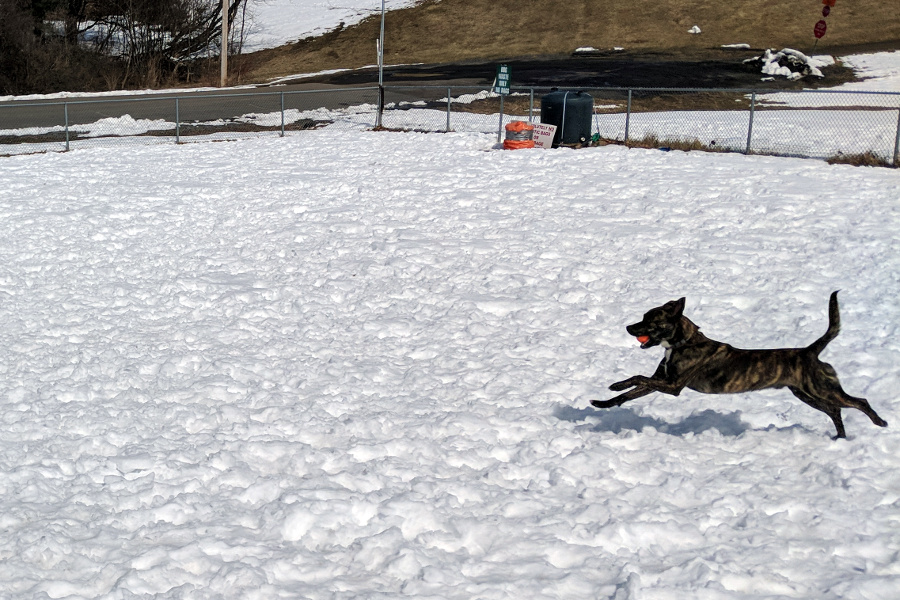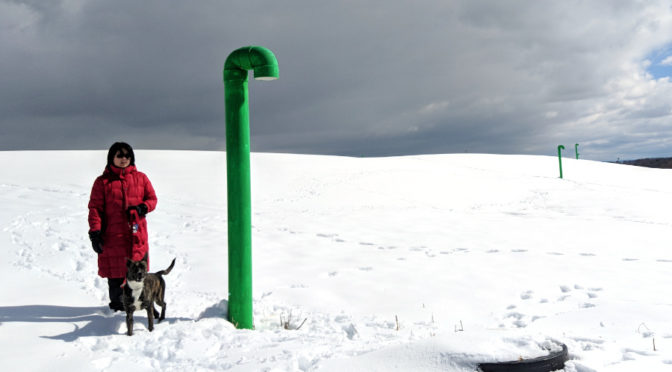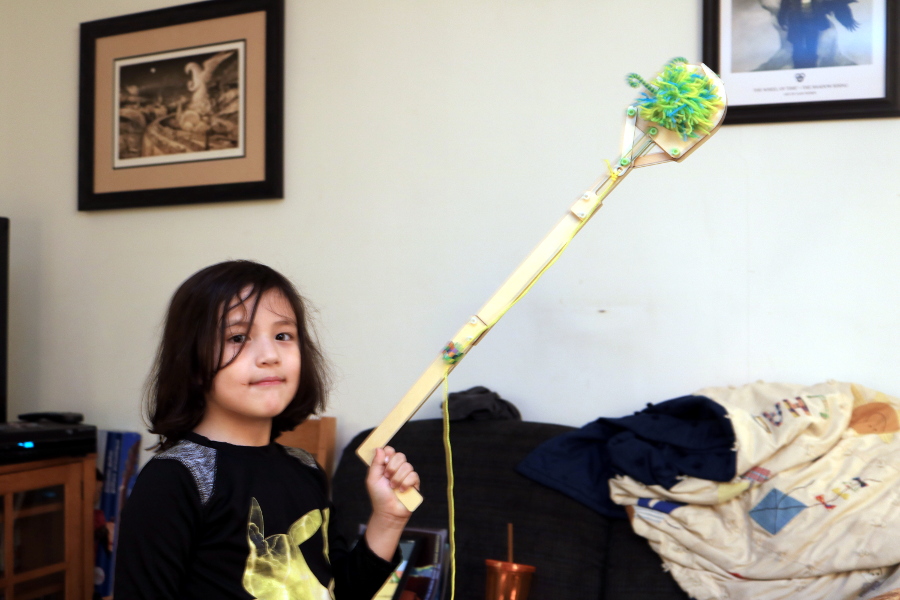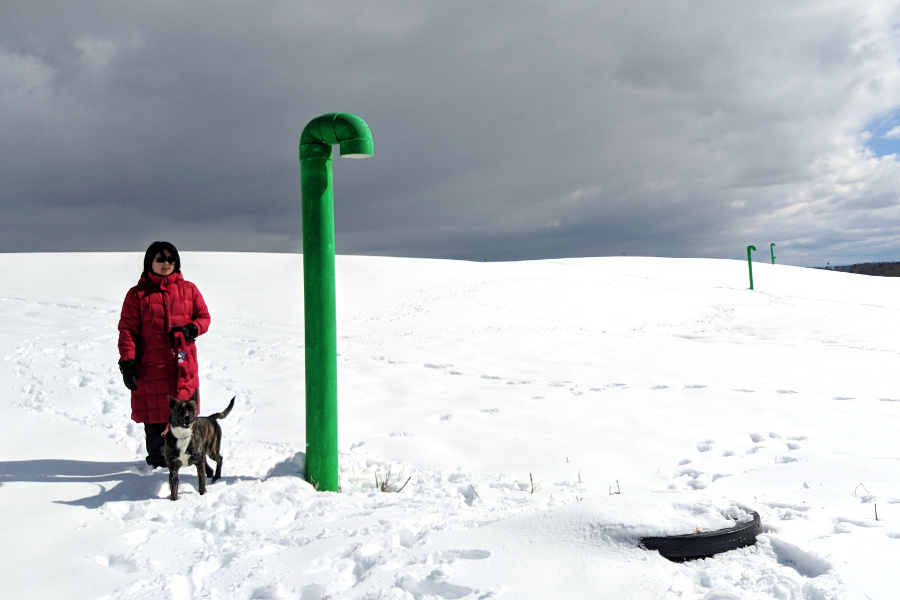I get asked a lot for tips on writing productivity, which always seems weird to me because I don’t always feel like I get that much done. I can go for days at a time thinking that the only thing I accomplished in a given day was frittering away a bunch of time on social media. I have to make a conscious effort every now and then to step back and list the actual, concrete accomplishments I’ve managed in the last little while.
I don’t really have a good, concise set of advice for getting things done, because I tend to think there really isn’t any one way of getting things done. At a really basic level, the only good advice anyone can give on getting stuff written is “You need to want to write the thing more than you want to do whatever else you might be doing.”
“Want” is kind of a problematic word in that sentence, though, but I can’t really think of a better one that covers what I mean. It’s not just a matter of passion for the project or whatever– the “want to write the thing” can be driven by an external source. Deadlines are a wonderful tool for generating a want to write the thing, as are professional courtesy, and other forms of social obligation. The point is that when I sit down to work on a project and would rather be doing something else, I have a tendency to drift into doing something else instead, and I think that’s the general failure mode for most writers.
That’s not usually what people are looking for when it comes to advice, though. What people mostly want is a recommendation of a scheduling algorithm of some sort to organize their time. I think that in the future I’ll probably point people who want that toward this Robert Talbert post on “fixed schedule productivity,” which ends up being not all that much different than what I do. That is, I have a few very rigidly fixed time blocks in my schedule, and I do whatever I can to work around those.
The basic outline of my daily schedule is this: I get up at 5am, make and eat breakfast and walk Charlie the pupper. At about 6:30, Kate gets up, and Charlie and I help get the kids out of bed and downstairs for breakfast. Their school bus picks them up at about 7:30, and between 7:00 and 7:30 I get my stuff together and go to my local Starbucks.
From 7:30 until about 9:30 is my writing time– I do everything I can to hold that block out as time for my own projects, not class prep or grading or service work for the college. I’m not always successful at that– there’s a lot of email-sending during that time– but I try to keep the day job out of that block of time as much as I can manage.
I go to campus between 9:30 and 10:00, and typically stay there until sometime between 4:00 and 5:00, depending on details of my teaching schedule and other stuff. I pick the kids up at 5:00 most weeknights, and make dinner for them. Kate gets home around 6:00, and I walk Charlie the pupper sometime after that. Bedtime for the kids starts at about 7:30, and is usually done by 9.
The bulk of my day-job stuff– class prep, grading, service work– has to fit in that 10-4 block, which honestly gets kind of unpleasant at times. I spend a lot more time huddled in my office being antisocial than I would like to, but that’s what I need to do to get my stuff done. It also means that I tend to faceplant into bed once the kids are asleep; sometimes before that. There have been a number of days recently where I’ve gone upstairs when Kate got home, to nap for half an hour before walking the dog.
In terms of externally visible productivity– books, articles, blog posts– that writing time block at Starbucks is critical. That’s when most of the stuff people outside of Schenectady see gets produced. Which is why I fight hard to keep that block free of college work, even when there are critically important things that need to get done.
I saw a bit of pushback to Talbert’s post over the distribution of family responsibilities, which I found slightly amusing because the schedule above is driven almost entirely by the kids. I was never a “morning person” until SteelyKid started kindergarten and needed to be on a 7:30 am bus. If you had told me when I was 20 that I’d be waking up at 5am every morning in my 40’s, I would’ve laughed in your face. I’ve been doing this long enough now, though, that I actually kind of enjoy the early-morning hours when nobody else is awake.
Kids are very definitely a grenade lobbed into the middle of this, though, particularly in cold and flu season. Kate and I are lucky enough to both be in positions where we have a bit of flexibility, so even when the kids are sick, we can make things mostly work– I can sneak out to Starbucks for a shortened writing time block while Kate gets ready for work, then come home to stay with a sick kid, for example. I can do a lot of my stuff at home if I have to (though I’m much less productive there, thanks to continual interruptions from Charlie the pupper and whichever kid is home). The kids have even gotten old enough now that when they have to be home from school on a day when I’m teaching, I can bring them to campus and park them in a chair off on the side without too much worry that they’ll disrupt things. SteelyKid is pushing up on the age when I can leave her home alone for an hour or two to go teach a class.
There’s a lot of stuff given up to make this work: I watch basically no TV any more, despite there being a huge range of stuff out now that sounds great (I suspect that I’d be all over Stranger Things, for example, but I’ve never watched a minute of it because I know I can’t afford the time). I don’t read a whole lot, either– maybe half an hour to an hour at bedtime, depending on how tired I am. I’ve woken myself up by dropping the phone I use as an e-book reader on my face more times than I care to remember.
I also suspect there’s some professional cost to this. I don’t socialize with people on campus nearly as much as I used to, and that’s not a great thing in a small college community. I also suspect that some of my colleagues look askance at the priority I give family time– leaving “early” almost every day and staying home when the kids are sick. I’m lucky enough to already have tenure, so I don’t have to care about that very much, on a professional level at least.
If you’re looking for advice on how I organize my time to get things done, though, that’s what I’ve got. Which is, like I said, not that different from what Talbert said: Decide what’s most important, block out time for that, and work like crazy during the remaining hours to get your stuff done.
